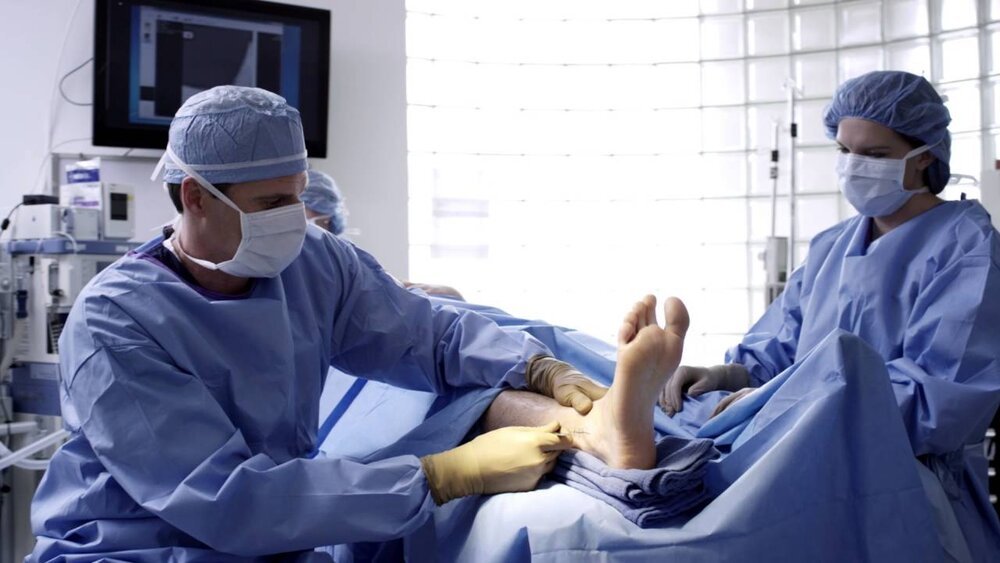
“The secret of health for both mind and body is not to mourn for the past, not to worry about the future, or not to anticipate troubles, but to live in the present moment wisely and earnestly.”
– Buddha
Anatomy of The Ankle
Our primary mode of transportation is our feet. As wonderful natural engineering marvels, feet are made of 26 bones and approximately 33 joints. Combined together to create a flexible hinge joint, the column and arch configuration is what form the final structure. In most people, our feet are healthy, but there are several health problems that can develop as a result of activities like sporting activities, or induced by health conditions such as diabetes.
With various root causes of foot conditions, it might be helpful for us to start off with an idea of a summary of the anatomy of the foot. The three main segments of the foot are the hindfoot, midfoot and the forefoot, all of which are representative of the back, middle and front of the feet. The hindfoot (calcaneus and ankle), your midfoot (five tarsal bones), and your forefoot (phalanges) are connected to the rest of the bones in your feet and bind to the leg bones ultimately. Muscles, tendons, cartilage and other soft tissue, work together in order to create the joint.The entire mechanism is designed to serve the function of carrying weight and facilitating motion in an efficient manner.
Minimally Invasive Surgery
Statistically, most of the foot and ankle problems will not require surgery. With a multitude of root causes to be assessed before this is actually the case, your orthopeadic surgeon will do a thorough analysis and identify the ideal treatment path for you going forward. Factors that influence the need for surgery include:
- The level of pain and discomfort. Some conditions such as arthritis actually reach a point where the joint friction is painful for patients. In this instance, treatments that are reconstructive will have to be implemented in order to restore the ankle joint and provide mobility for the patient.
- Patient response to other treatments. Using arthritis as an example, the condition has various stages of progression in the degenerative process. Past a particular phase, the utilization of drugs, orthoses and additional footwear may not prove sufficient to ease the patients pain.
Only during the advanced stages of an illness is surgery considered as a possibility of treatment. Surgery is usually a decision of last resort. In emergency situations, the facilitation of urgent surgery will be accommodated in order to ensure that there’s no spread of infection. Orthopaedic conditions that often require surgery include:
- Hammer Toes
- Ankle Arthritis
- Achilles Tendon Disorders
- Morton’s Neuroma
- Plantar Fasciitis
- Plantar Fasciitis
- Bunions
Once the decision is made to proceed with Orthopaedic surgery, as a patient you can rest assured that you will receive benefits at a balanced level of risk. Advantages of surgery include a more permanent treatment of your condition. Surgery treats the problem at the root cause, while in some instances treatments are at the surface level. With increased pain relief, mobility is also achieved. While the surgery can generate risks such as joint stiffness, infection, and in some instances may not achieve permanent relief, the advantages always outweigh the risks. Your orthopaedic surgeon will let you know all of the statistics on how your treatment is expected to proceed. If you don’t feel comfortable, there are alternatives such as physiotherapy that can help to alleviate your pain.
Surgery Preparation
Once the decision is made to have a surgical procedure, as a patient you can expect to have a team meeting outlining what the different aspects of your surgery will be. There will be several persons in the operating room with you including your surgeon, anesthesiologists and even your nurses. You will have to have a certain level of baseline health checks that will be done prior to the procedure. You will be exposed to the procedure, and also have an idea of how long after the surgery you may need to remain at the hospital. There are some minimally invasive procedures that allow you to travel home on the same day. For more complex procedures, you may need to spend a few days at the hospital for post treatment.
Your surgeon will advise you on your pre-surgery diet. In some instances, you will have to stop taking some medicines because it may interfere with the anaesthetic. Your recovery plan will also be discussed, so that you can plan your home to be able to accommodate your reduced mobility for a few days or weeks.
Reference:


